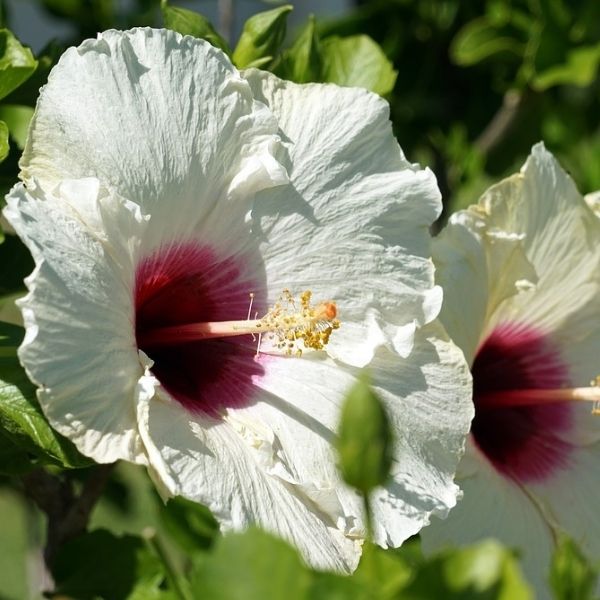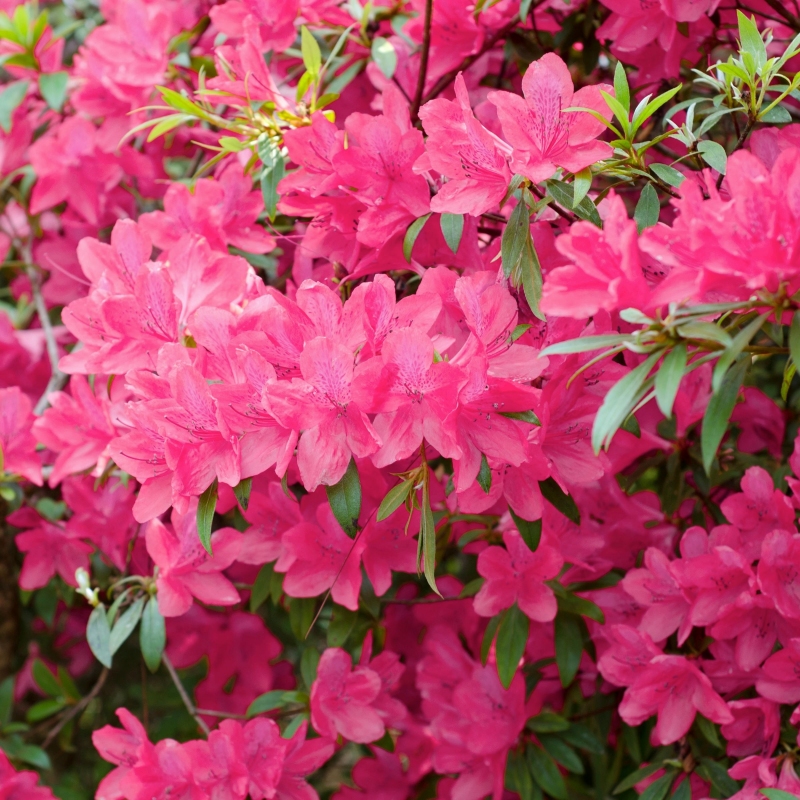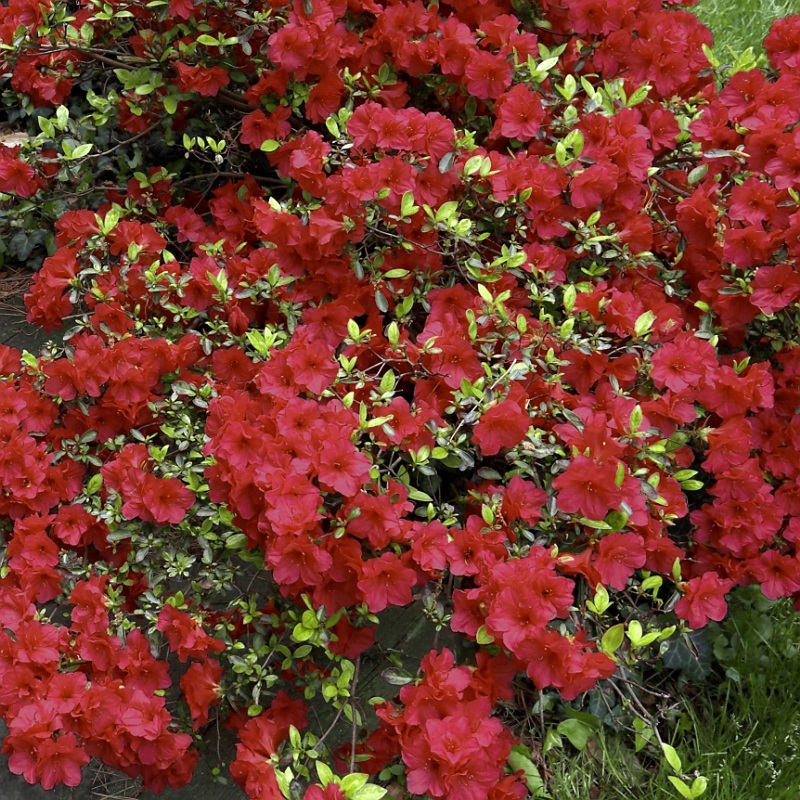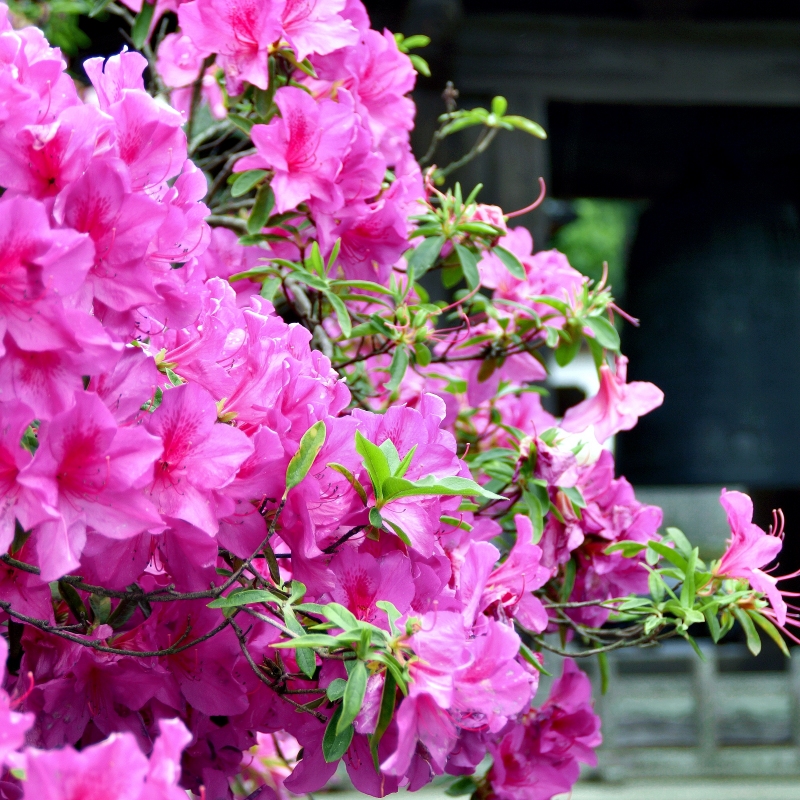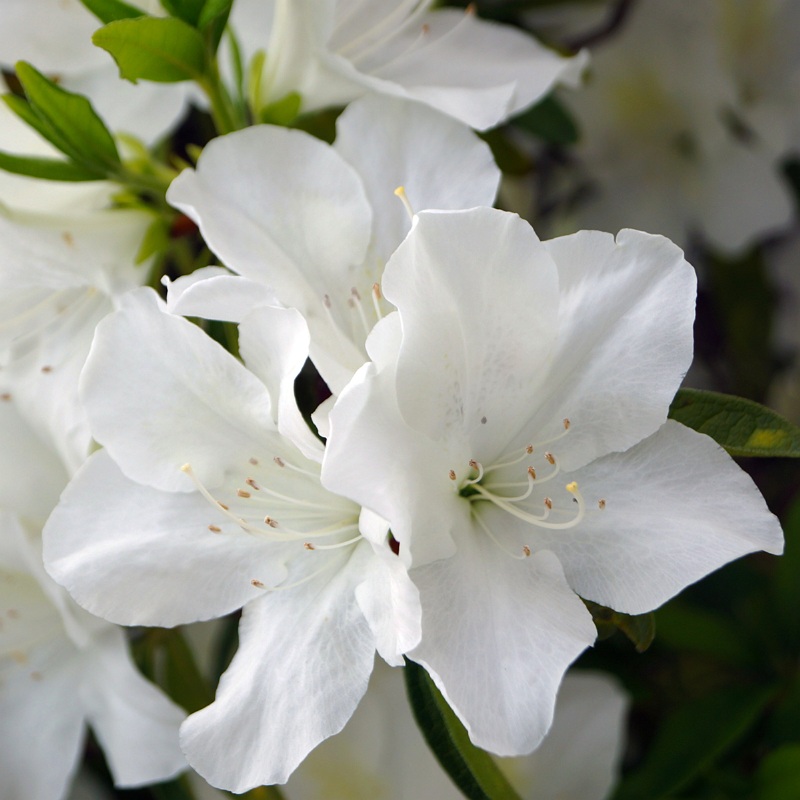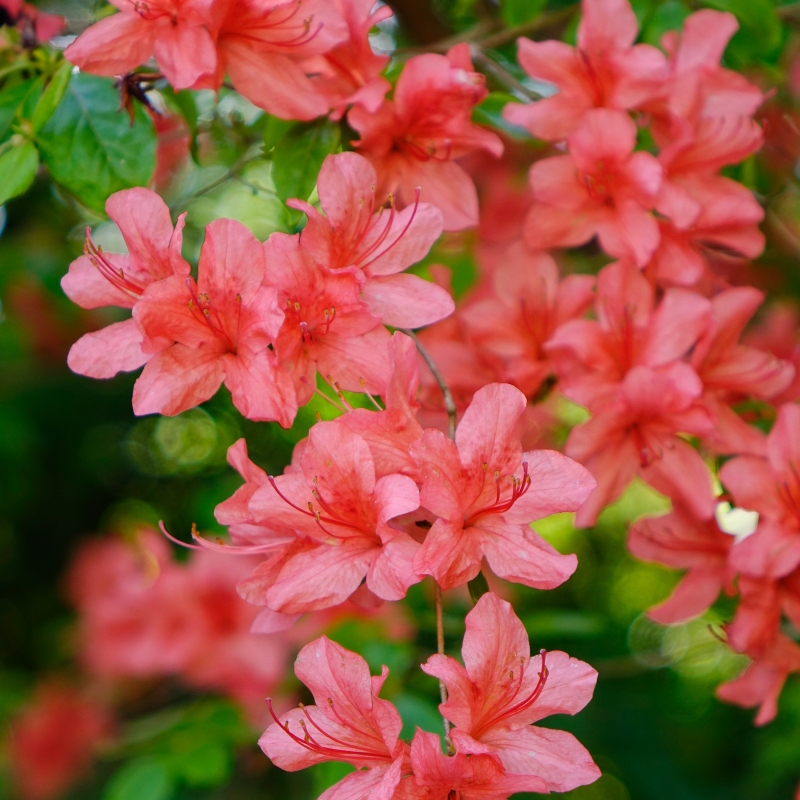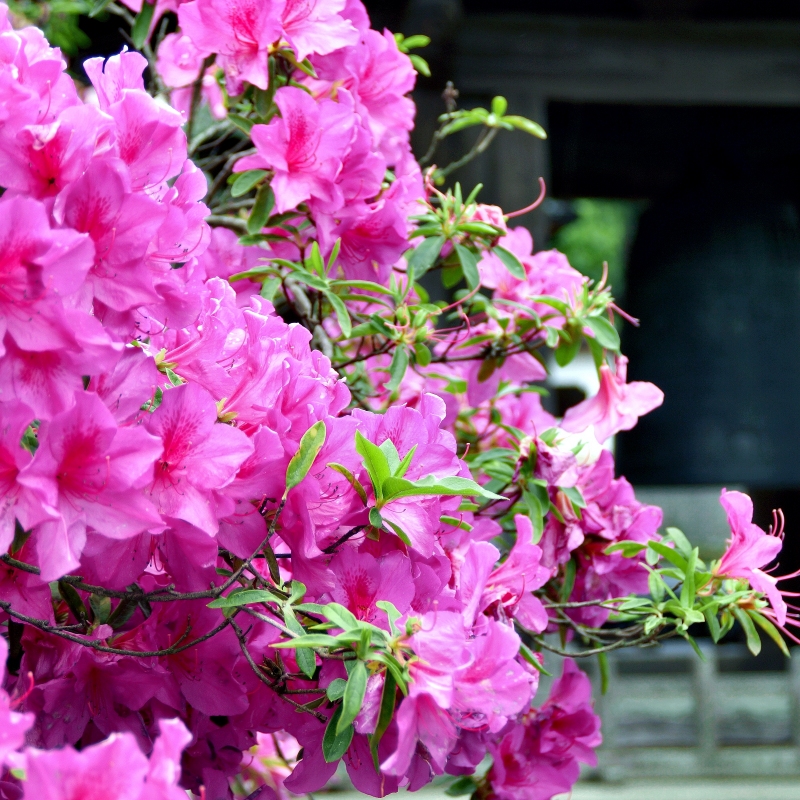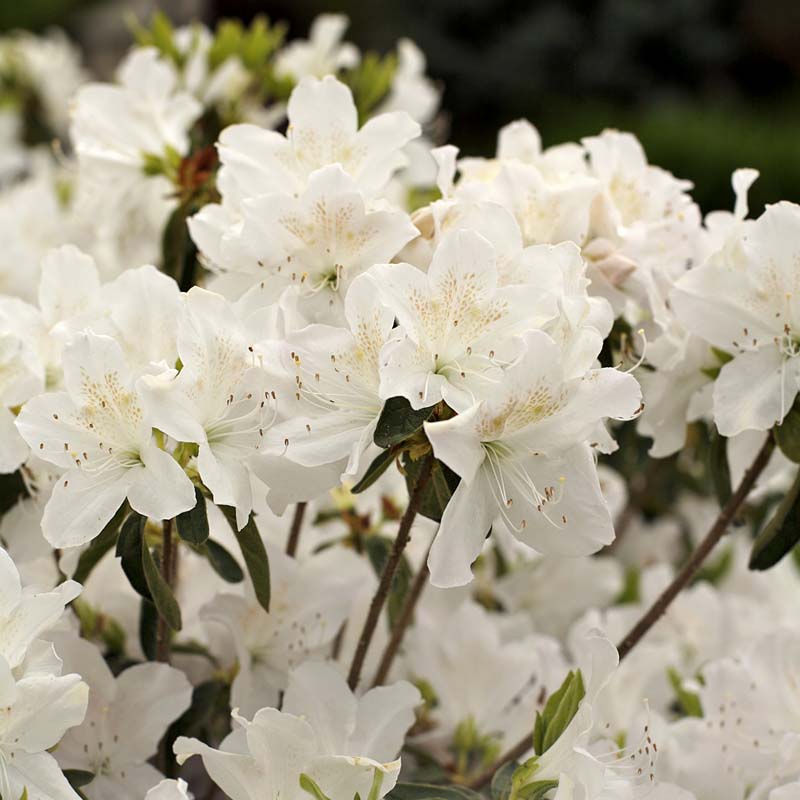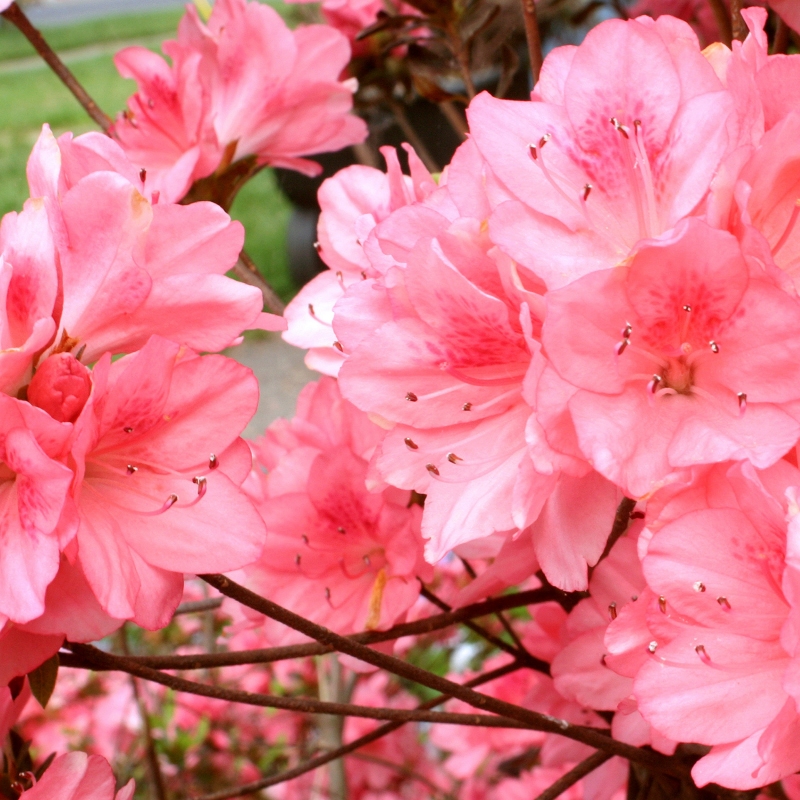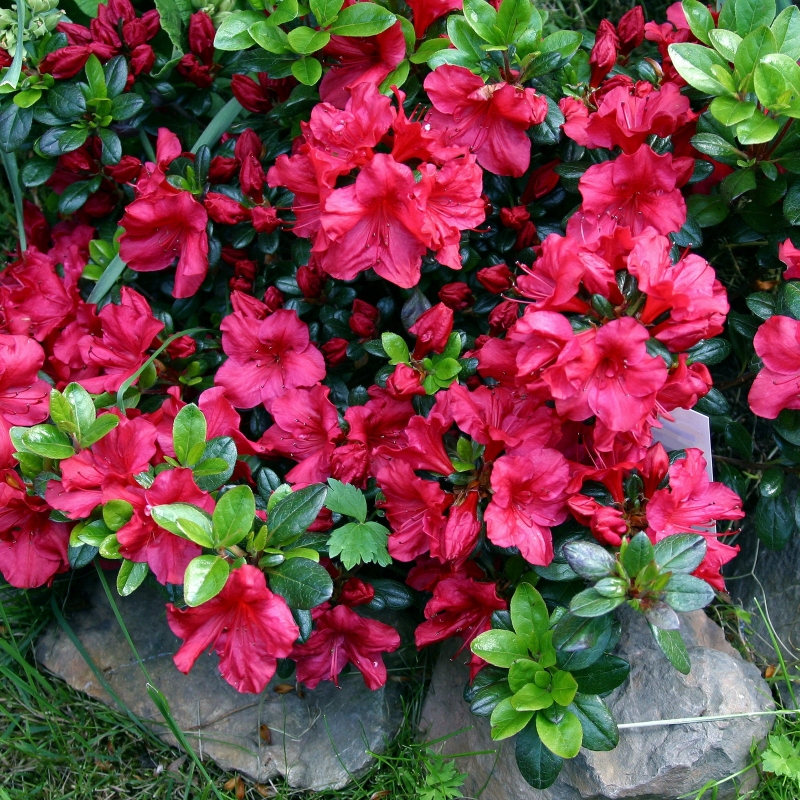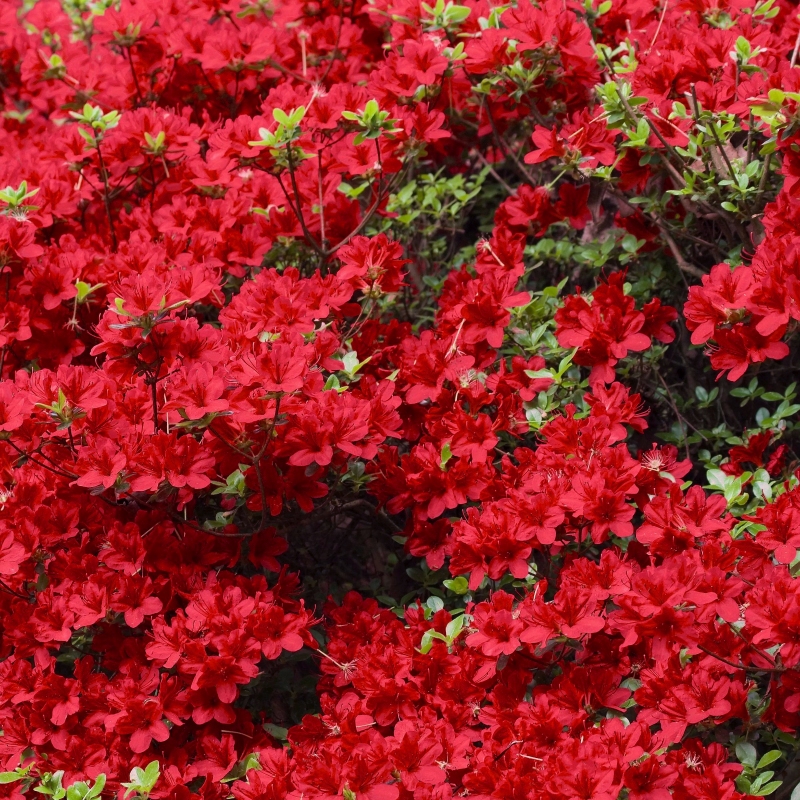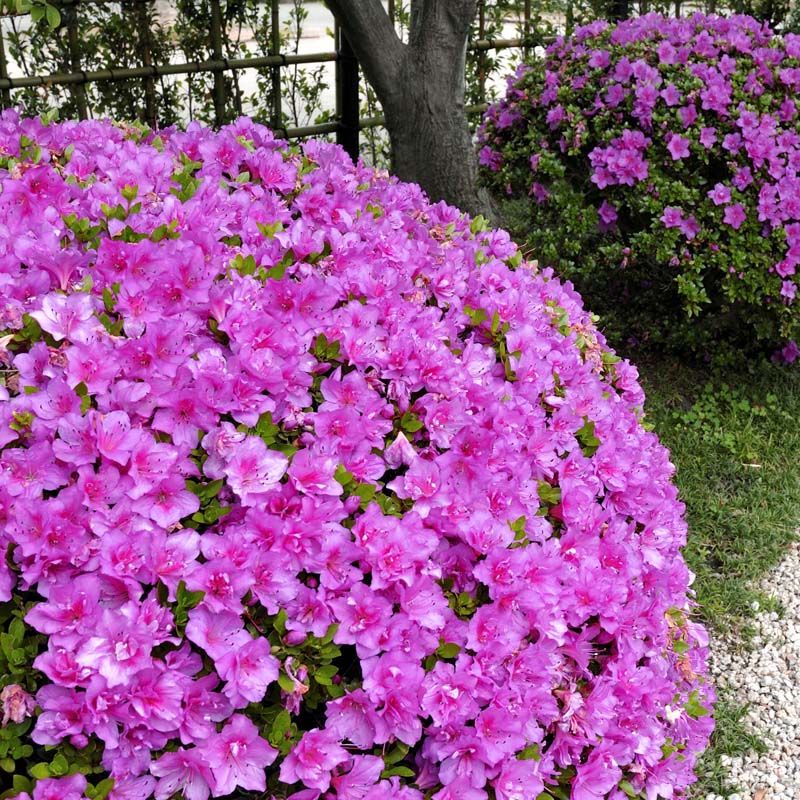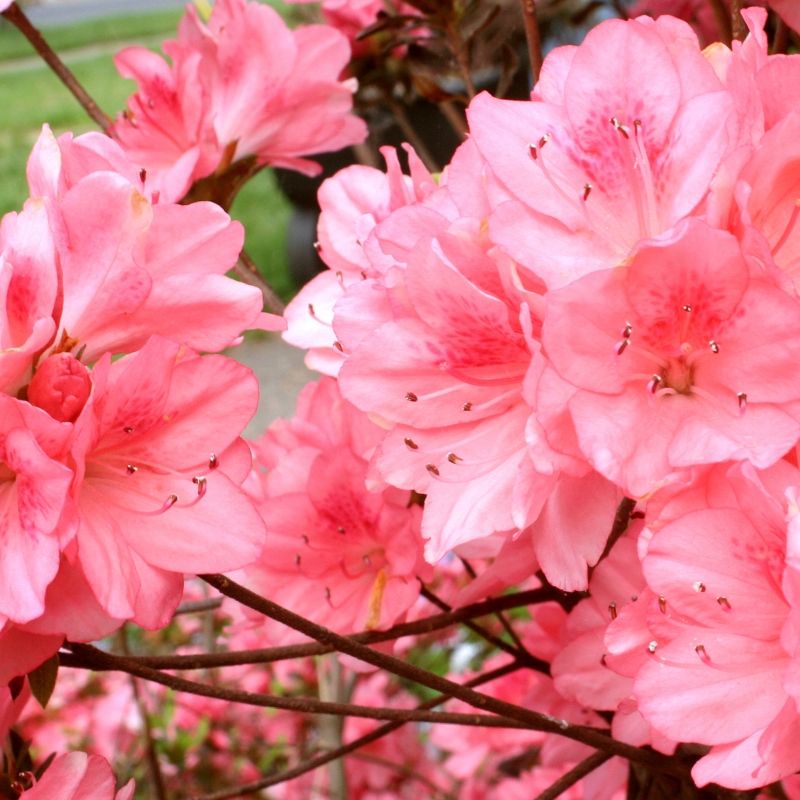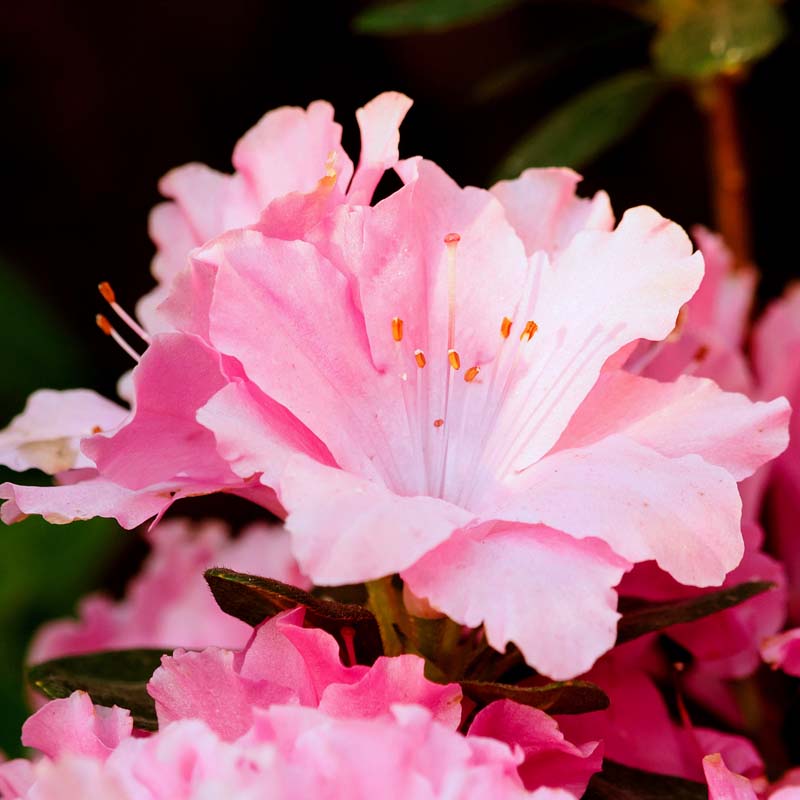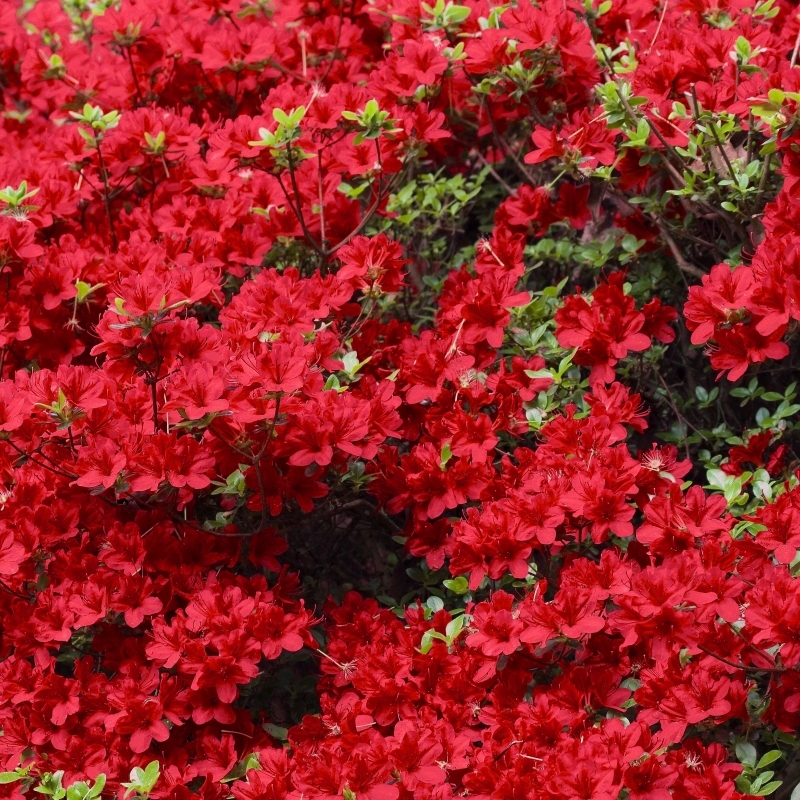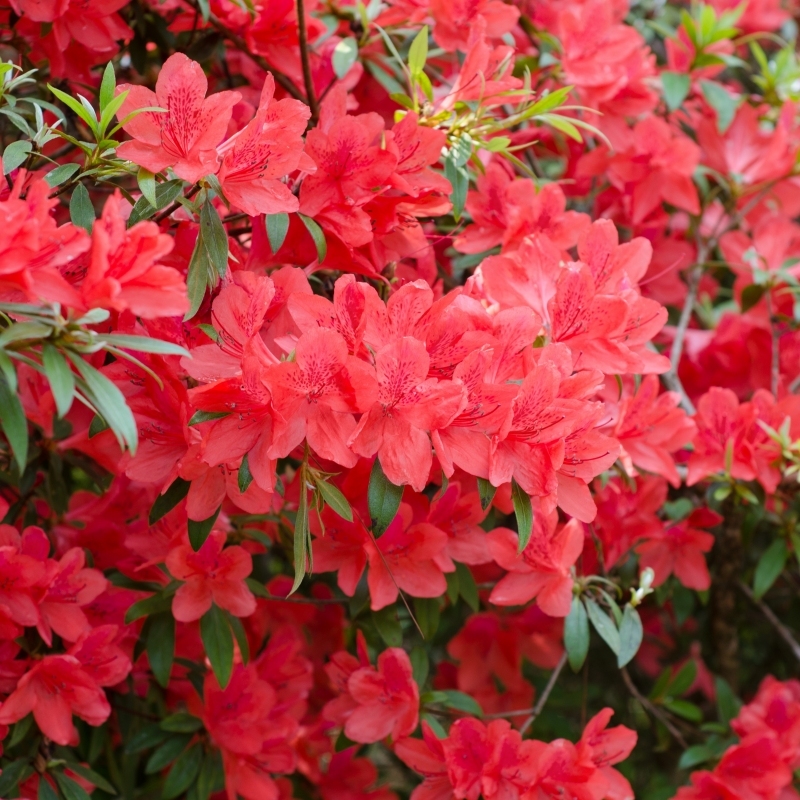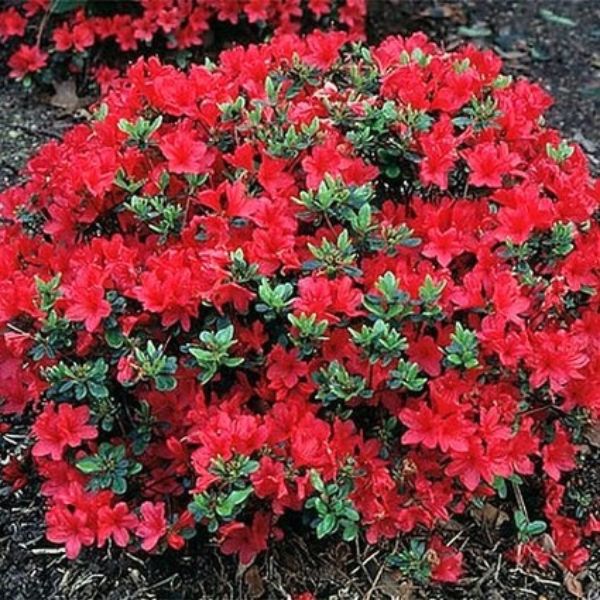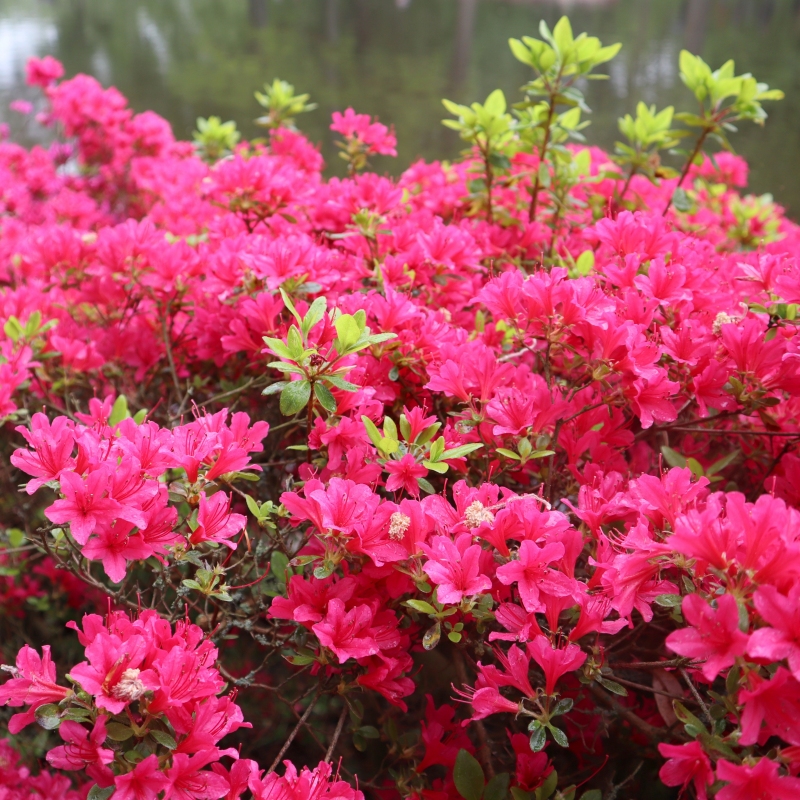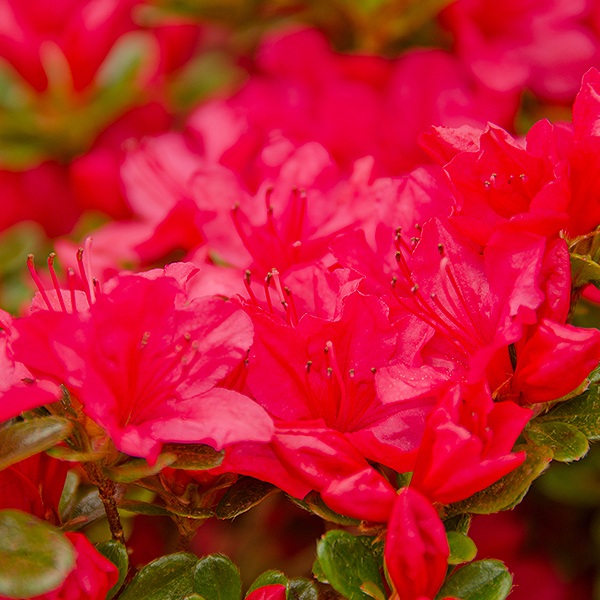

Hibiscus Luna White
Hibiscus 'Luna White'
16 reviews


Hibiscus Luna White
Hibiscus 'Luna White'
16 reviews
$96.00
$138.00
30% Off
- 2.5 Gallon
- Quart Container
We are sorry, product is currently out of stock due to seasonal availability. Please check the "Related plants available in your area" section below
Why Hibiscus Luna White?
Hibiscus Luna White (Hibiscus 'Luna White') is a popular flowering plant with stunning white blooms. Its compact and bushy growth habit makes it ideal for gardens and containers. This cultivar is known for its ability to thrive in various climates and is relatively low-maintenance. The striking white flowers, typically measuring around 6 inches in diameter, attract bees and butterflies, adding to the garden's beauty and biodiversity.
Related plants available in your area
Sunlight
The sunlight requirement for Hibiscus Luna White is full sun.
Watering
Hibiscus Luna White has a medium watering requirement. It prefers evenly moist soil, so it should be watered regularly, especially during dry periods. Avoid waterlogging the soil, but don't let it completely dry out either.
Fertilizing
Hibiscus Luna White requires regular application of balanced fertilizer with equal amounts of nitrogen (N), phosphorus (P), and potassium (K) or a 10-10-10 fertilizer formulation.
Hibiscus Luna White
Hibiscus 'Luna White'
The Hibiscus Luna White, scientifically known as Hibiscus 'Luna White', is a stunning perennial plant that offers magnificent white blossoms. This variety of hibiscus is highly sought after for its outstanding beauty and ability to thrive in various garden settings.
The Luna White hibiscus features large, pure white flowers with a delicate texture and intricate form. Each blossom can reach a diameter of 6 inches, creating an impressive display and attracting attention wherever it is planted. The contrast between the white petals and the deep green glossy foliage enhances the overall appeal of this plant.
This hibiscus is a compact variety, growing up to 3-4 feet in height and spreading up to 2-3 feet wide. Its bushy habit makes it an ideal choice for those looking to create borders, hedges, or mass plantings in gardens or larger containers.
Hibiscus 'Luna White' is fairly easy to grow and maintain. It thrives in full sun to partial shade, preferring well-drained soil with regular watering. Regular deadheading of spent blooms promotes continuous flowering throughout the growing season.
Not only does this hibiscus possess exceptional beauty, but it also attracts pollinators such as bees, butterflies, and hummingbirds to your garden, making it a lively and vibrant addition to any landscape. The Luna White hibiscus is known for its ability to bring a touch of elegance and serenity to any outdoor space.
Whether used as a standalone centerpiece or combined with other flowering plants, the Hibiscus 'Luna White' is sure to captivate with its radiant white blooms and lush foliage. Its versatility, easy maintenance, and attractive appearance make it a beloved choice among both beginner and experienced gardeners.
Plant Information:
| Botanical Name: | Hibiscus 'Luna White' |
| USDA Zones: | 4-9 |
| Water: | Average to Moist |
| Exposure: | Full Sun |
| Soil Needs: | Widely Adaptable |
| Mature Height: | 2 - 3 feet |
| Mature Spread: | 2 - 3 feet |

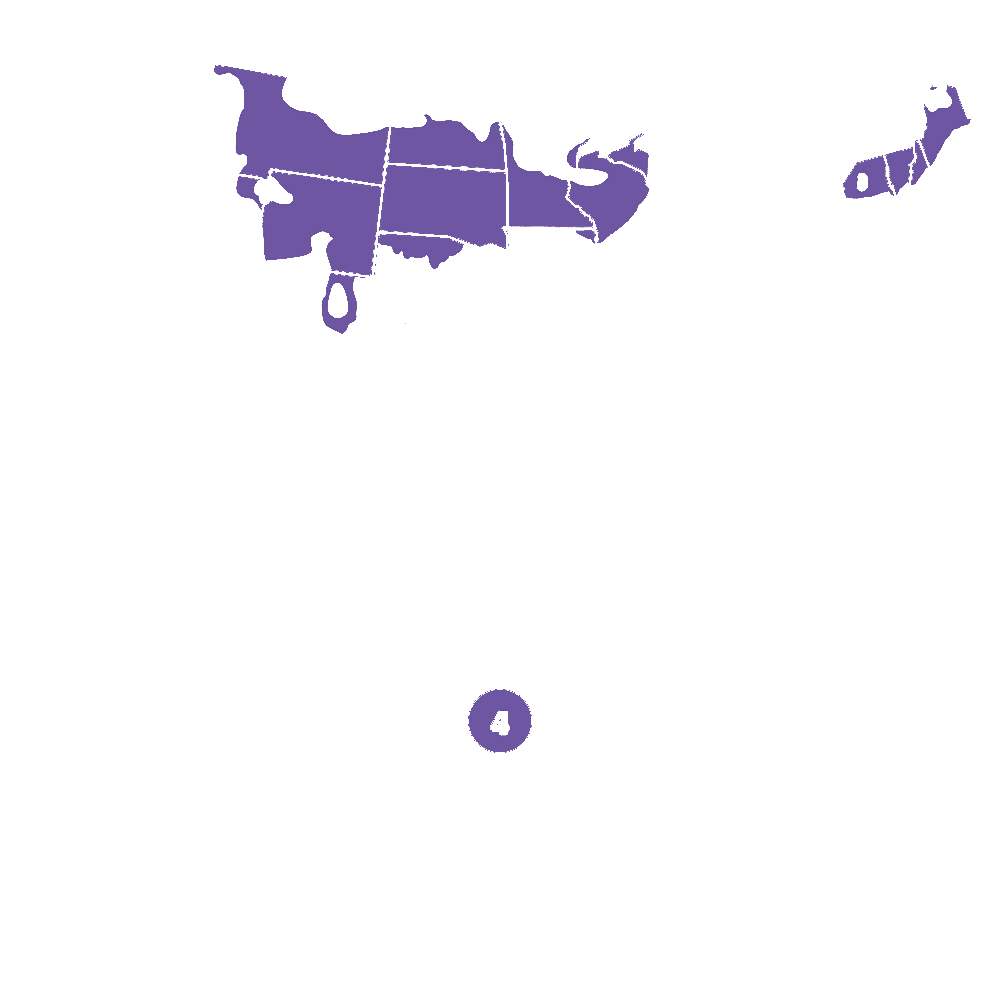
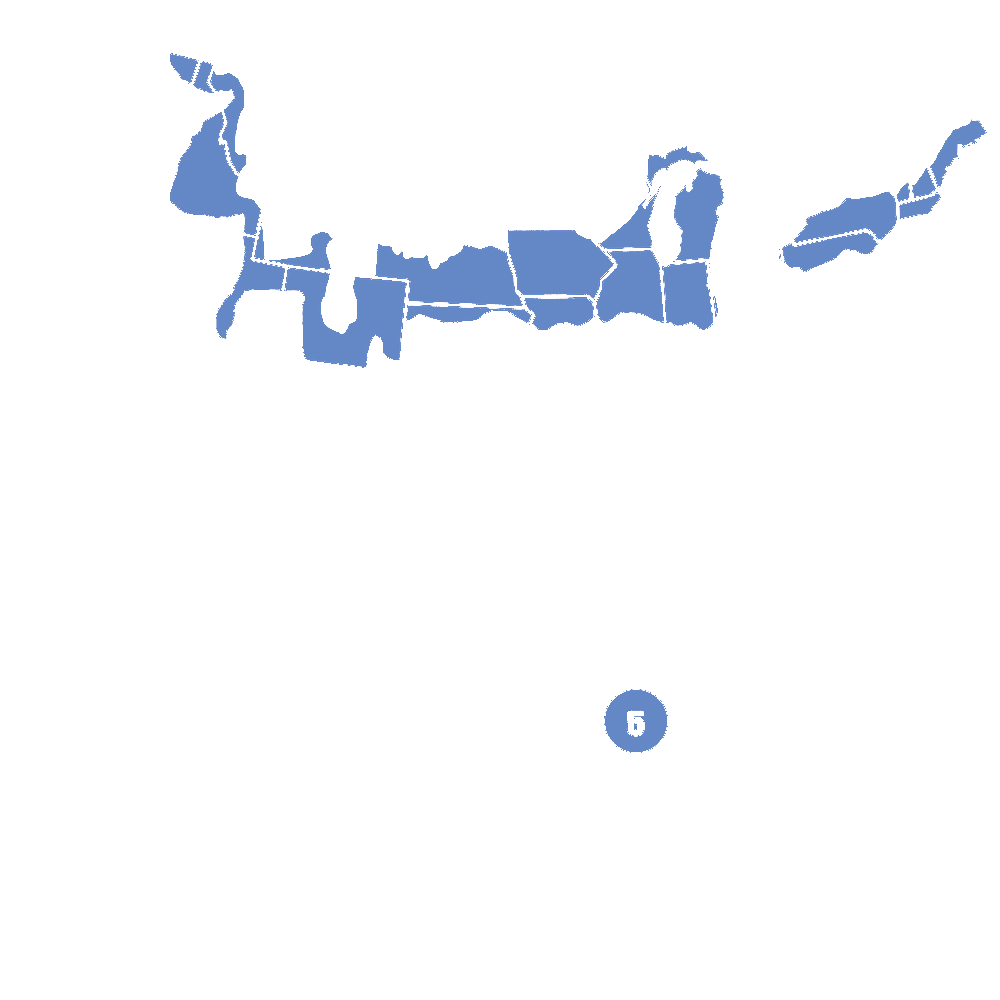
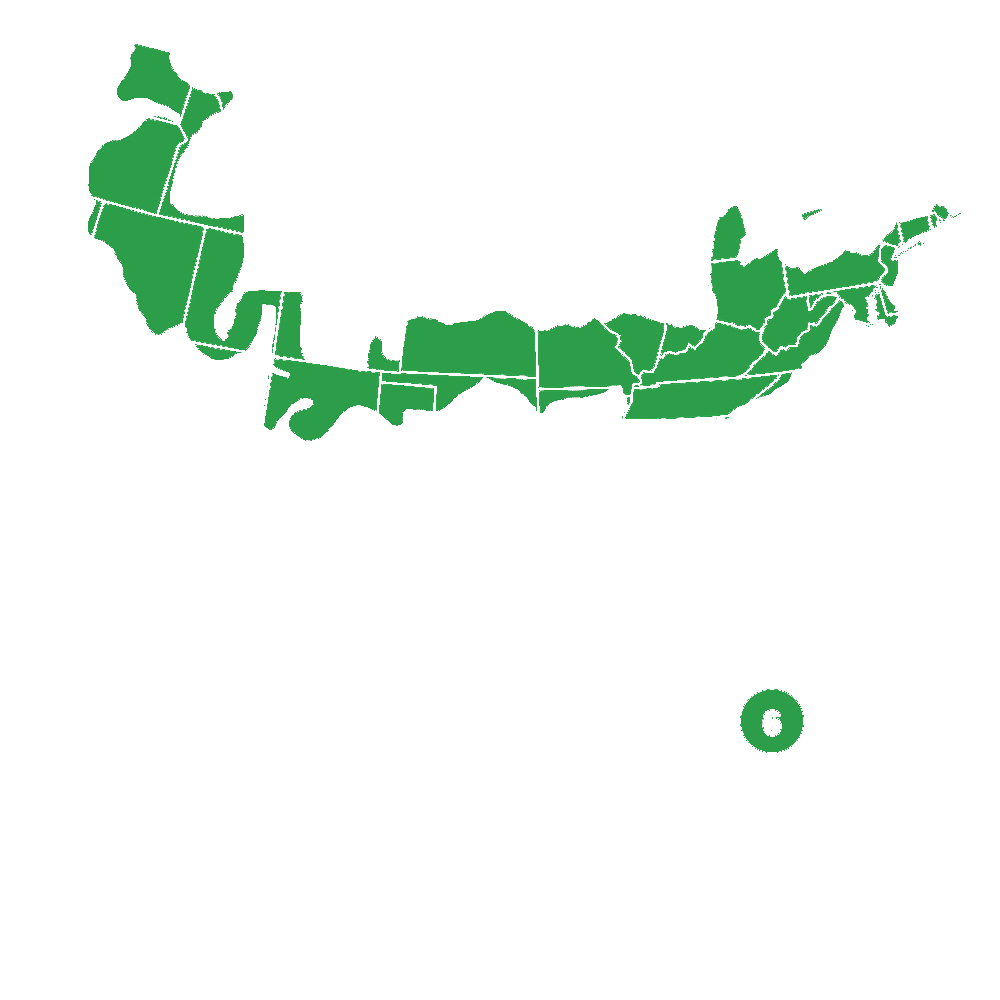

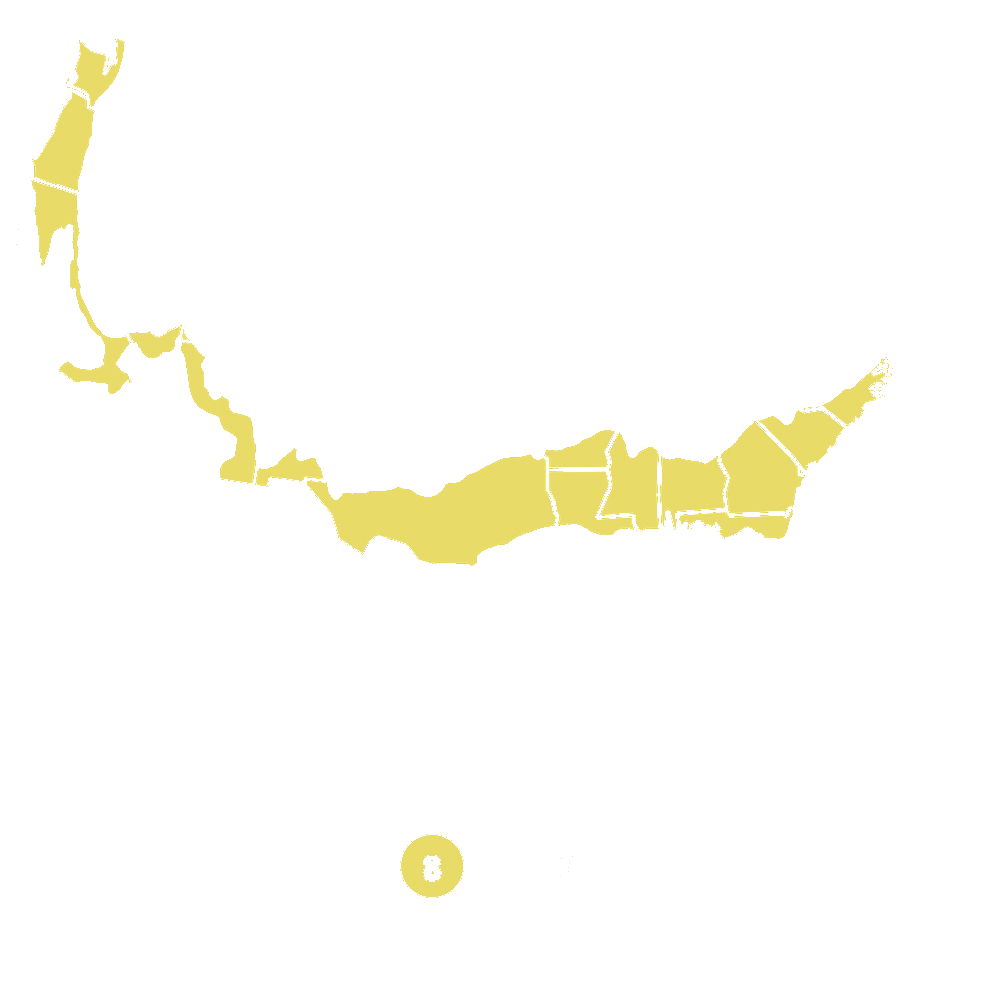
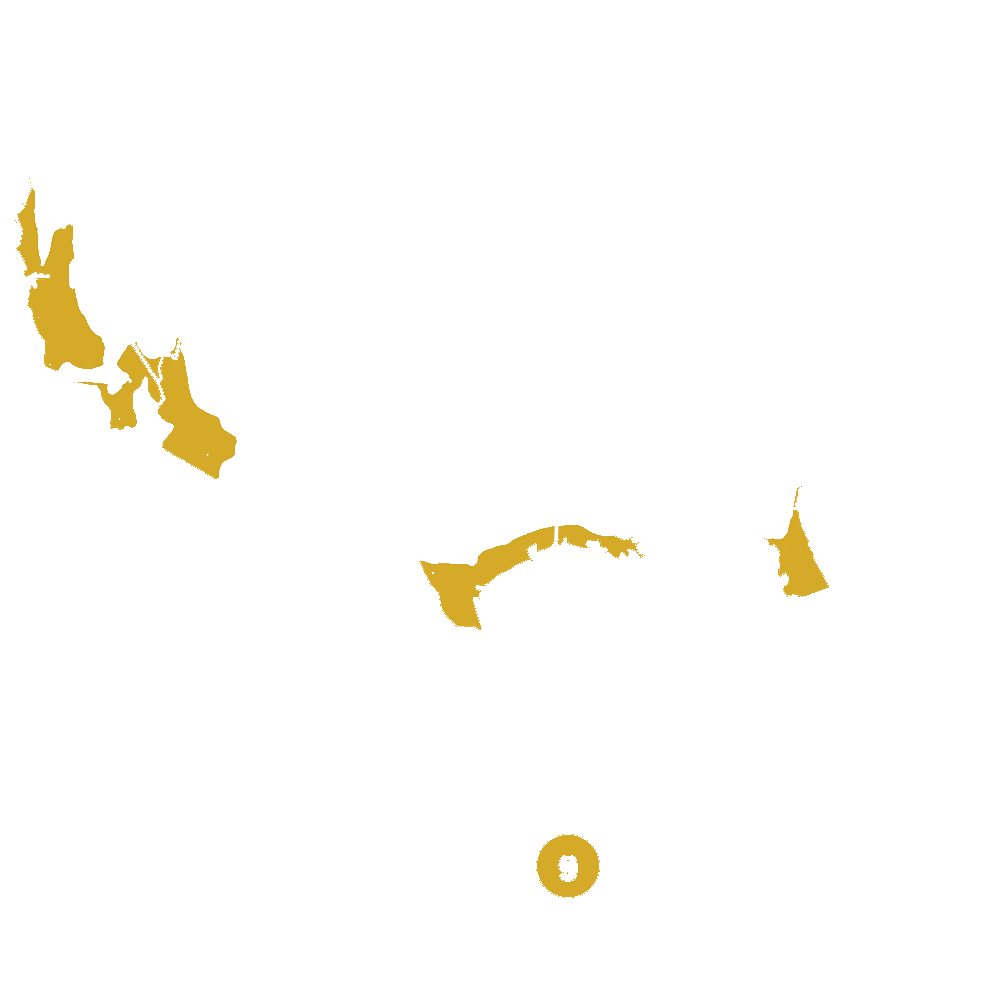
Pollination Info
Pollination Information for Hibiscus 'Luna White'
Hibiscus 'Luna White', also known as Hibiscus Luna White, is a beautiful flowering plant that belongs to the mallow family (Malvaceae). It is a hybrid cultivar with large, pure white flowers that can reach up to 6 inches in diameter.
Pollination Method
Hibiscus 'Luna White' is primarily pollinated by insects. The most common pollinators for this plant are bees, butterflies, and hummingbirds. These flying insects are attracted to the bright and showy flowers of the hibiscus and collect nectar from them.
Pollination Process
When a pollinator visits the hibiscus flower, it brushes against the pollen-producing structures called stamens. The pollen grains get attached to the pollinator's body, primarily on their legs or body hairs. As the insect moves from one flower to another, some of the pollen is transferred to the stigma, which is the female reproductive organ of the hibiscus.
Significance of Pollination
Pollination is crucial for the reproduction of hibiscus plants. It allows for the transfer of pollen from the male parts (stamens) to the female parts (stigma) of the flower. This transfer of pollen initiates the fertilization process, leading to the production of seeds and the development of fruits.
Factors Affecting Pollination
Several factors can influence the pollination process of Hibiscus 'Luna White':
- Availability of pollinators: The presence and abundance of bees, butterflies, and hummingbirds in the vicinity are critical for successful pollination.
- Flower structure: The unique shape, color, and fragrance of the hibiscus flowers specifically attract certain pollinators.
- Weather conditions: Pollinators are more active on sunny days with moderate temperatures.
- Pesticide usage: Excessive usage of pesticides can harm pollinators and hinder the pollination process.
Seed Development and Dispersal
After successful pollination, the hibiscus flower will develop into a fruit capsule, which contains numerous seeds. As the capsule matures, it eventually splits open, releasing the seeds. The dispersal of hibiscus seeds can occur through various means, including wind, water, or through the help of animals.
Pollination and Plant Propagation
If you wish to propagate Hibiscus 'Luna White', you can manually assist in the pollination process. This can be done by using a small brush to transfer pollen from the stamens to the stigma of different flowers. By doing so, you increase the chances of successful fertilization, leading to the production of seeds for propagation purposes.
FAQ
Frequently Asked Questions - Hibiscus Luna White (Hibiscus 'Luna White')
1. What is Hibiscus Luna White?
Hibiscus Luna White, scientifically known as Hibiscus 'Luna White', is a variety of hibiscus plant that features large, pure white flowers. It is a deciduous shrub that belongs to the mallow family (Malvaceae) and is highly prized for its stunning blooms.
2. How tall and wide does Hibiscus Luna White grow?
Hibiscus Luna White typically grows to a height of 3 to 5 feet (0.9 to 1.5 meters) and has a spread of 4 to 6 feet (1.2 to 1.8 meters). However, the exact growth can vary depending on the growing conditions and pruning techniques.
3. When does Hibiscus Luna White bloom?
Hibiscus Luna White produces its beautiful flowers from mid-summer to fall. The blooming period may vary depending on the climate and specific growing conditions.
4. How do I care for Hibiscus Luna White?
Here are some care tips for Hibiscus Luna White:
- Light: Plant the hibiscus in a location that receives full sun to partial shade (at least 4-6 hours of direct sunlight per day).
- Soil: Provide well-draining soil that is rich in organic matter.
- Watering: Keep the soil consistently moist but not waterlogged. Water deeply whenever the top inch of soil feels dry.
- Fertilization: Feed the plant with a balanced, slow-release fertilizer in early spring and mid-summer. Follow the package instructions for application rates.
- Pruning: Prune in early spring to remove any dead or damaged branches. If necessary, shape the shrub to maintain its desired size and form.
- Winter Care: In colder regions, protect the plant during winter by mulching the base and covering it with burlap or a protective barrier. Alternatively, you can grow it in containers and move them indoors during frosty weather.
5. Can I grow Hibiscus Luna White in a container?
Yes, you can grow Hibiscus Luna White in a container. Choose a large pot with drainage holes and use a well-draining potting mix. Ensure the plant receives enough sunlight and water it regularly to keep the soil moist but not waterlogged. Remember to bring the container indoors during frosty weather if you live in a colder region.
6. Does Hibiscus Luna White attract any pests or diseases?
Hibiscus Luna White can be susceptible to pests such as aphids, whiteflies, and spider mites. It may also face issues with fungal diseases like leaf spot or powdery mildew. Regularly inspect the plant for any signs of pests or diseases and take appropriate measures, such as using organic insecticides or fungicides, to control the problem.
7. Can I propagate Hibiscus Luna White?
Yes, Hibiscus Luna White can be propagated through various methods, including stem cuttings, division, or by growing it from seeds. Stem cuttings are the most common and successful way to propagate this variety.
8. How long do the flowers of Hibiscus Luna White last?
The flowers of Hibiscus Luna White typically last for a day or two, but this can vary depending on the weather conditions. The plant usually produces an abundance of flowers throughout the blooming period, ensuring a continuous display of beautiful blooms.
9. Is Hibiscus Luna White deer resistant?
Hibiscus Luna White is considered to be moderately deer resistant. While deer generally avoid feeding on hibiscus, in certain circumstances, when food is scarce, they may browse on the plant's foliage.
10. Can I grow Hibiscus Luna White in a cold climate?
Hibiscus Luna White is suitable for growing in USDA hardiness zones 5 to 9. If you reside in colder regions, make sure to protect the plant during winter by following the recommended winter care practices mentioned earlier.
Planting & Care
Planting & Care for Hibiscus 'Luna White'
Planting
- Choose a location that receives at least 6 hours of sunlight per day.
- Prepare the soil by adding organic matter such as compost or well-rotted manure.
- Dig a hole that is about twice the size of the root ball.
- Gently remove the plant from its container and place it in the hole.
- Backfill the hole with soil, firming it gently around the roots.
- Water the newly planted hibiscus thoroughly.
Watering
- Water the hibiscus regularly, especially during hot and dry periods.
- Ensure that the soil is evenly moist but not waterlogged.
- Water at the base of the plant, avoiding wetting the leaves.
- Reduce watering in winter, allowing the soil to dry slightly between waterings.
Fertilizing
- Feed the hibiscus with a balanced slow-release fertilizer in spring.
- Follow the instructions on the fertilizer package for proper dosage.
- Reapply fertilizer every 6-8 weeks during the growing season.
- Avoid over-fertilizing, as it can result in excessive foliage growth with reduced flowering.
Pruning
- Prune the hibiscus in early spring before new growth emerges.
- Remove any dead or diseased branches.
- Shape the plant by trimming back leggy or overgrown branches.
- Pinch off the tips of young branches to encourage bushier growth.
- Do not prune after mid-summer, as it may remove flower buds.
Pest & Diseases
- Hibiscus can be prone to aphid and whitefly infestations.
- Check the plant regularly for signs of pests and treat accordingly.
- Avoid over-watering, as it can lead to root rot and fungal diseases.
Winter Care
- In colder regions, protect the hibiscus from frost by moving it indoors or covering it with a frost cloth.
- Keep the plant in a cool, bright location during winter.
- Water sparingly during winter dormancy to prevent root rot.
Check Out These Verified Customer Reviews:
Customer Reviews
4.7 out of 5 based on 16 reviews
Thank you! Your review has been submitted.
Gorgeous addition to my collection, highly recommend this item.
Smooth transaction from start to finish, extremely satisfied.
Beautiful and elegant appearance, looks even better in person.
Item has been added to your cart.



